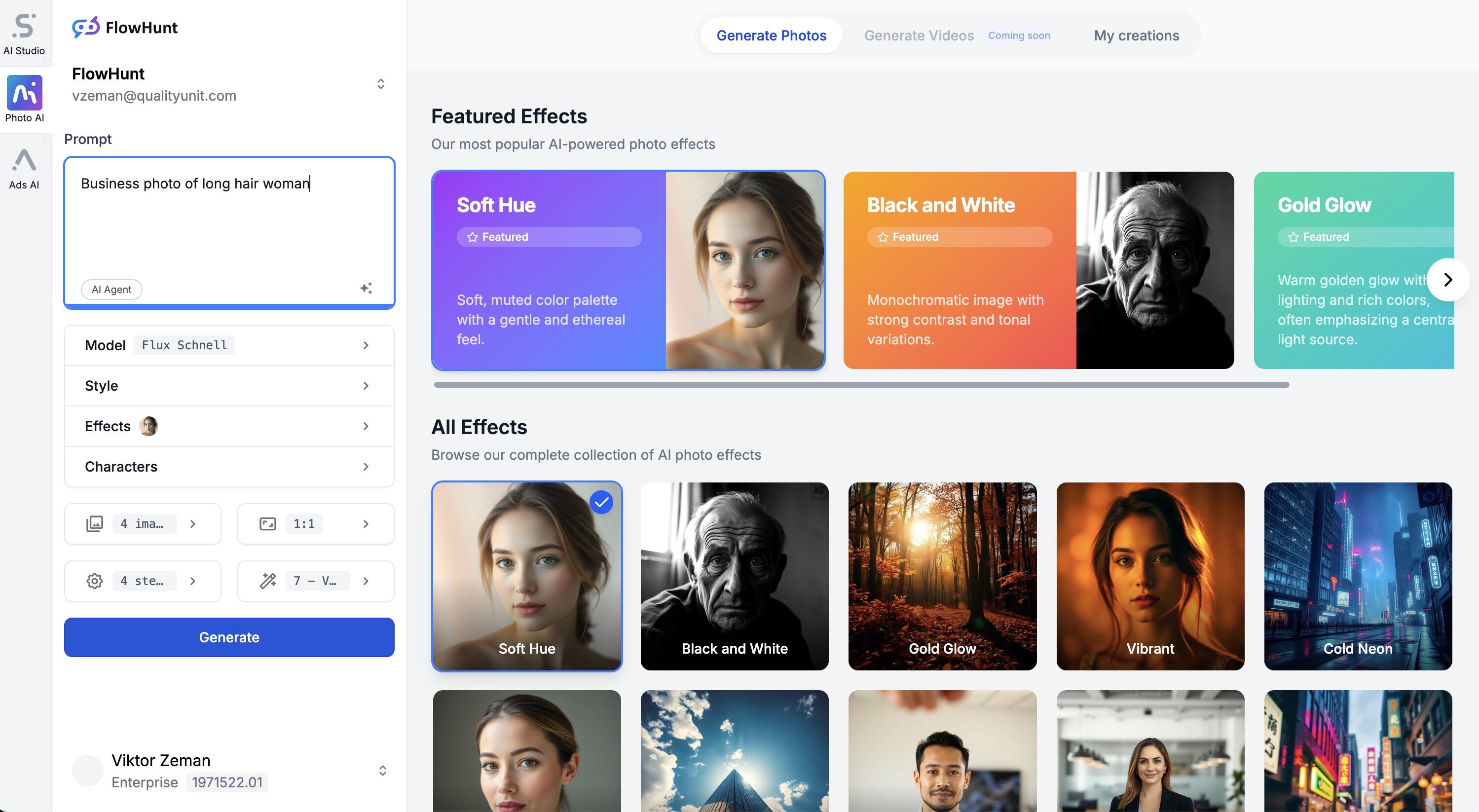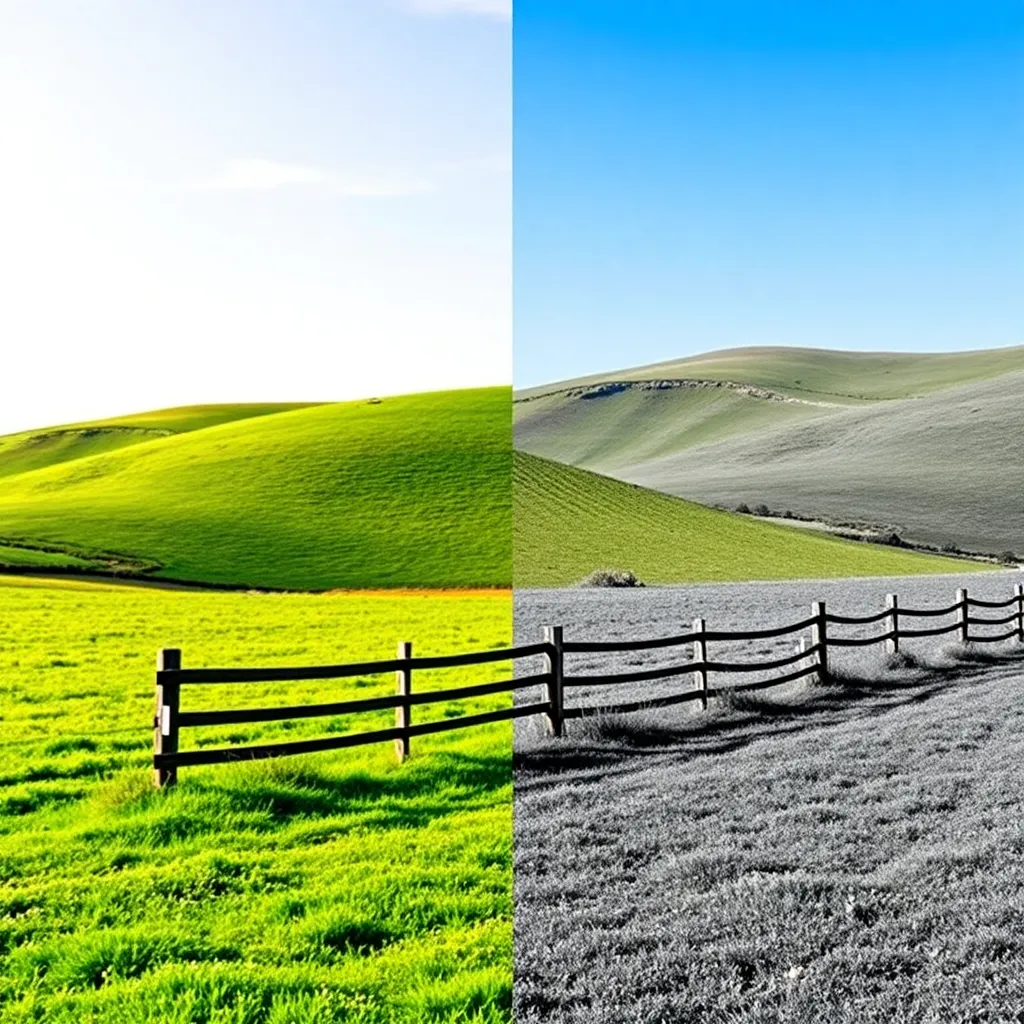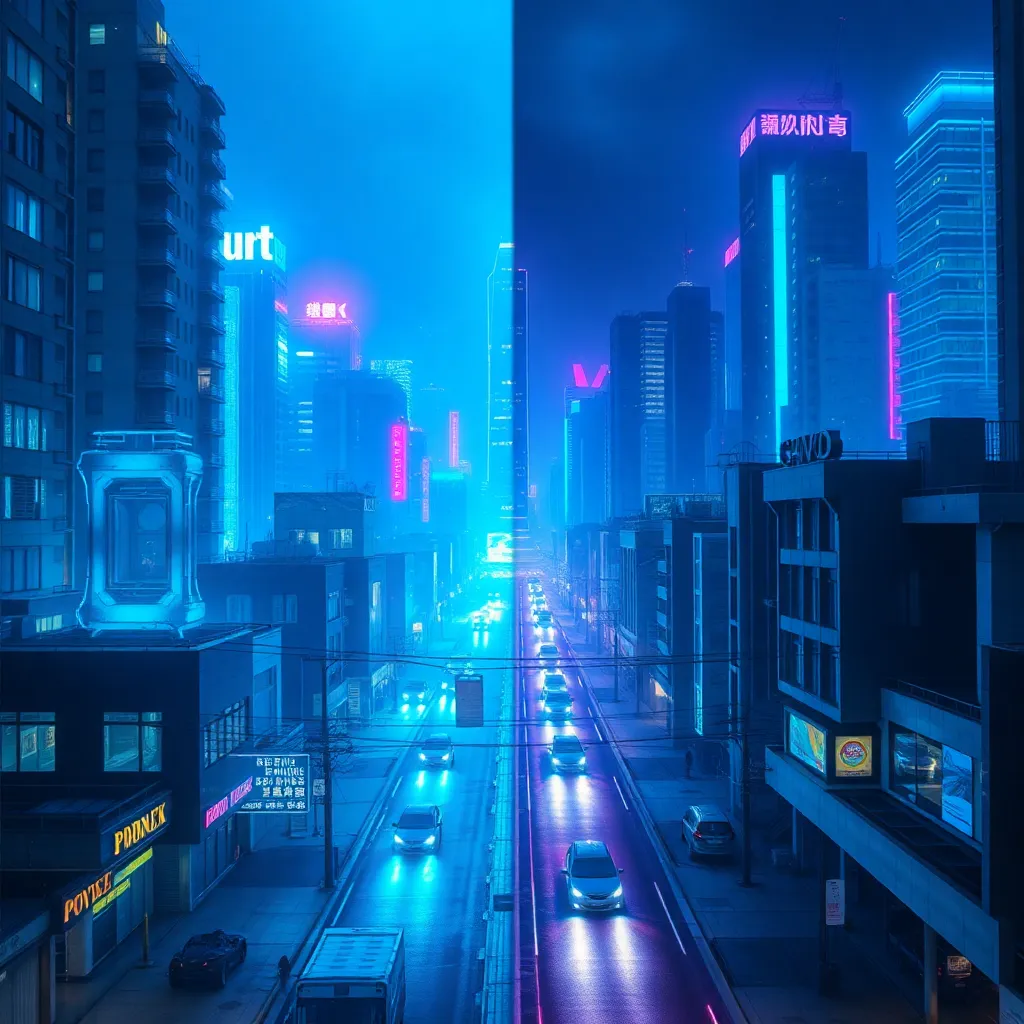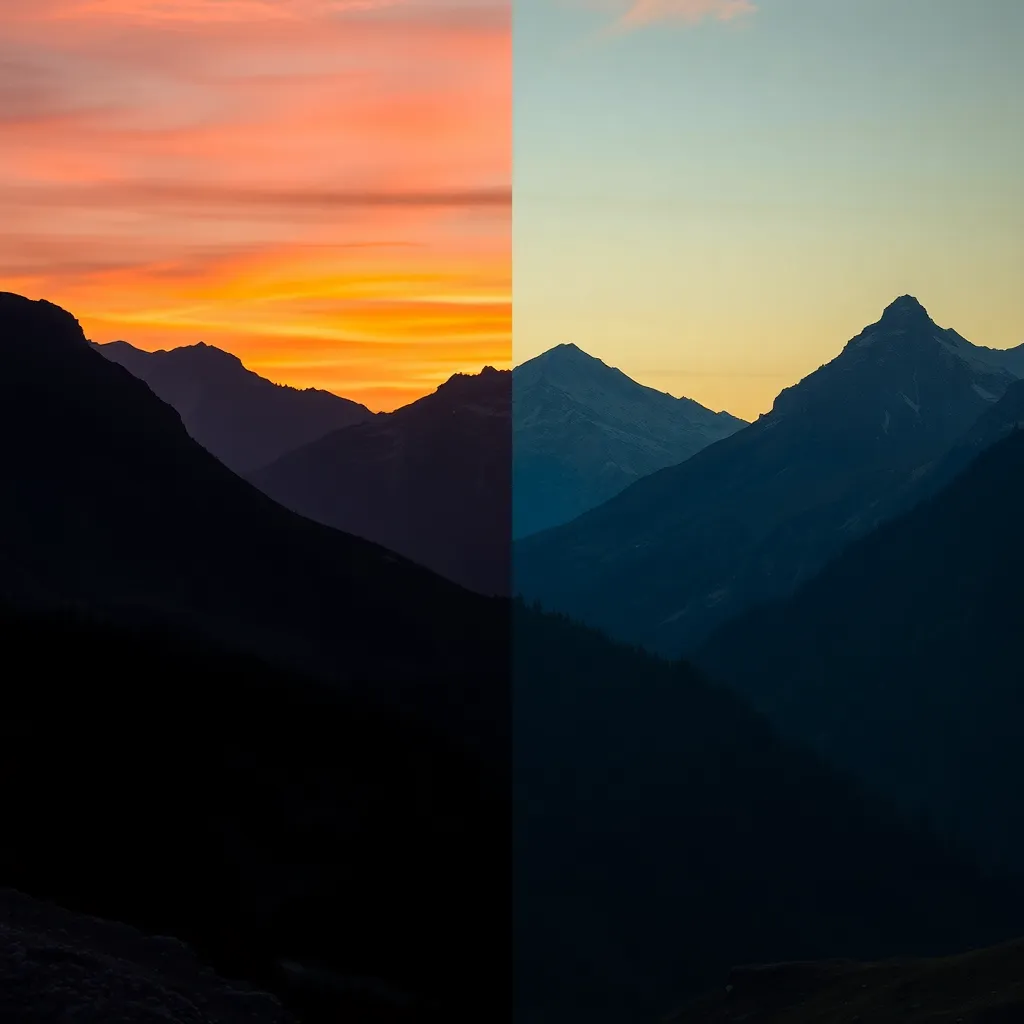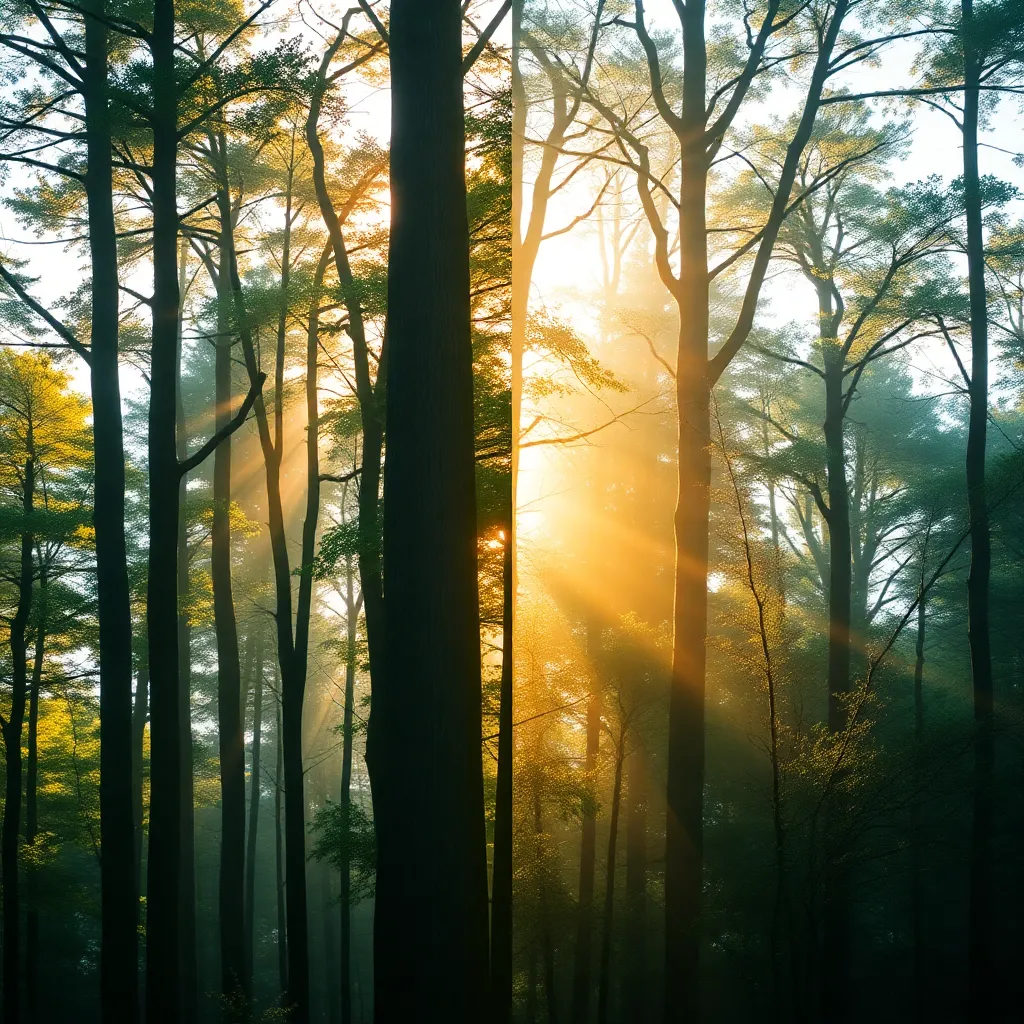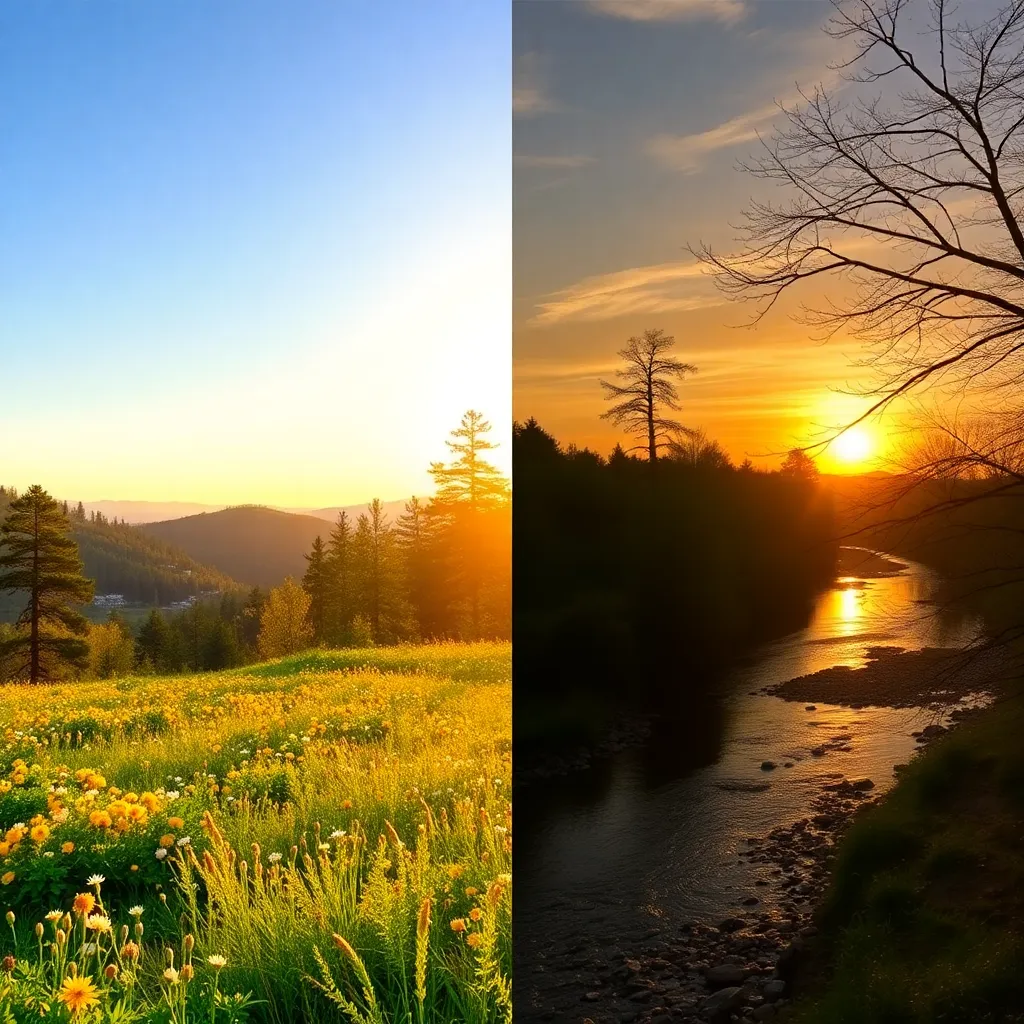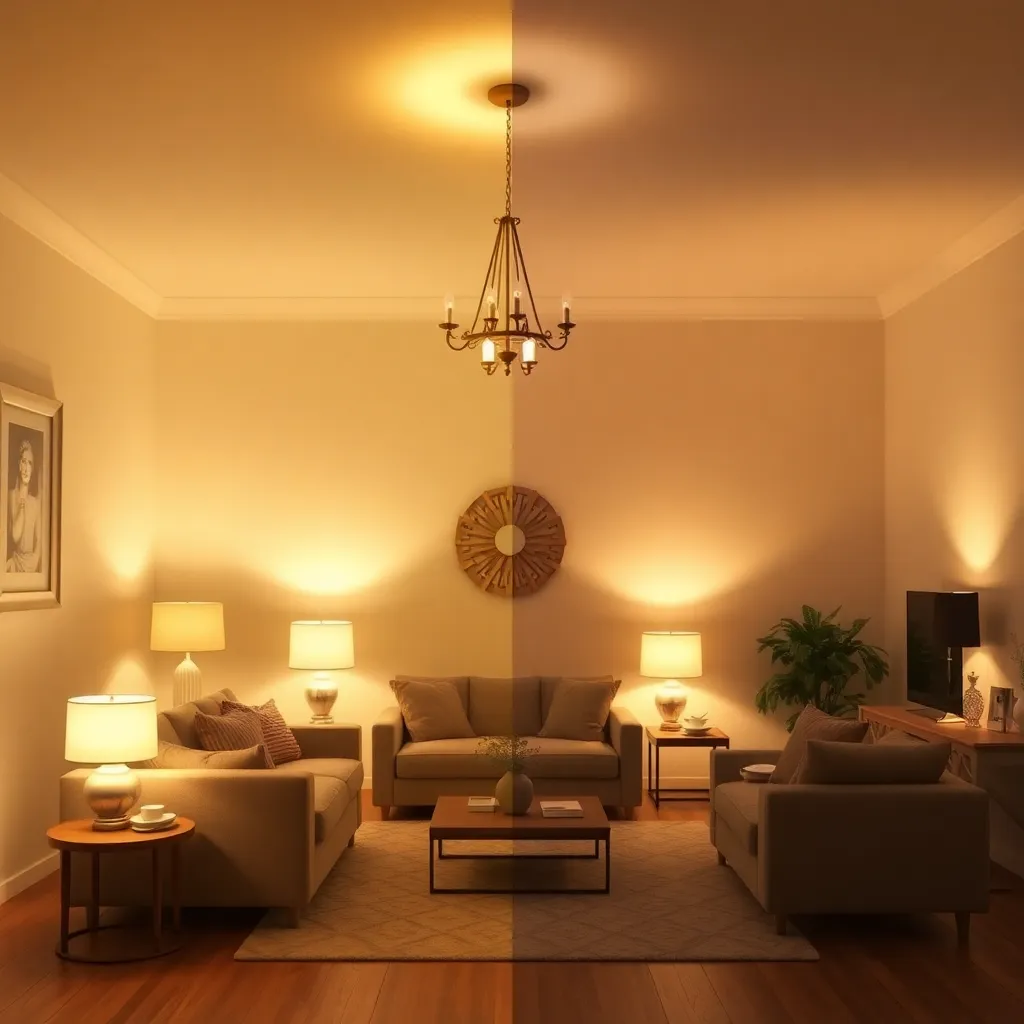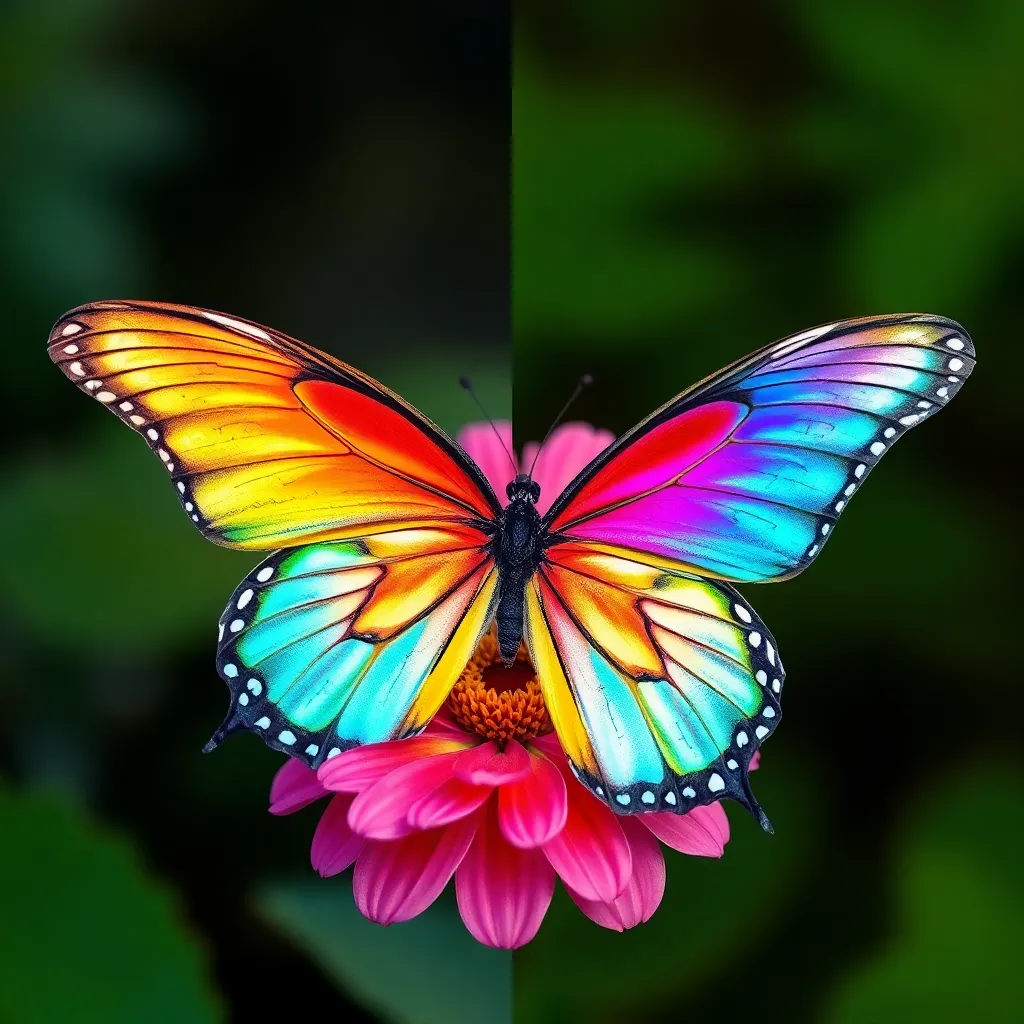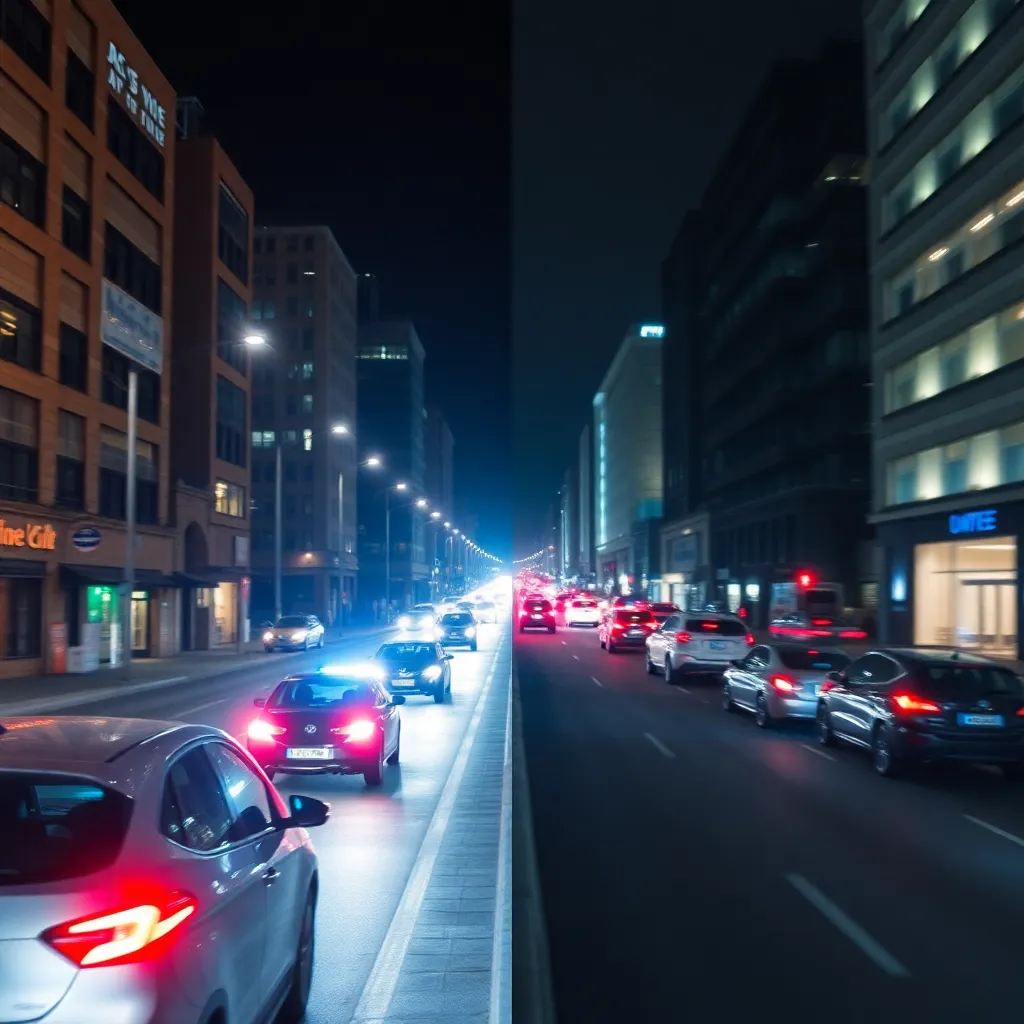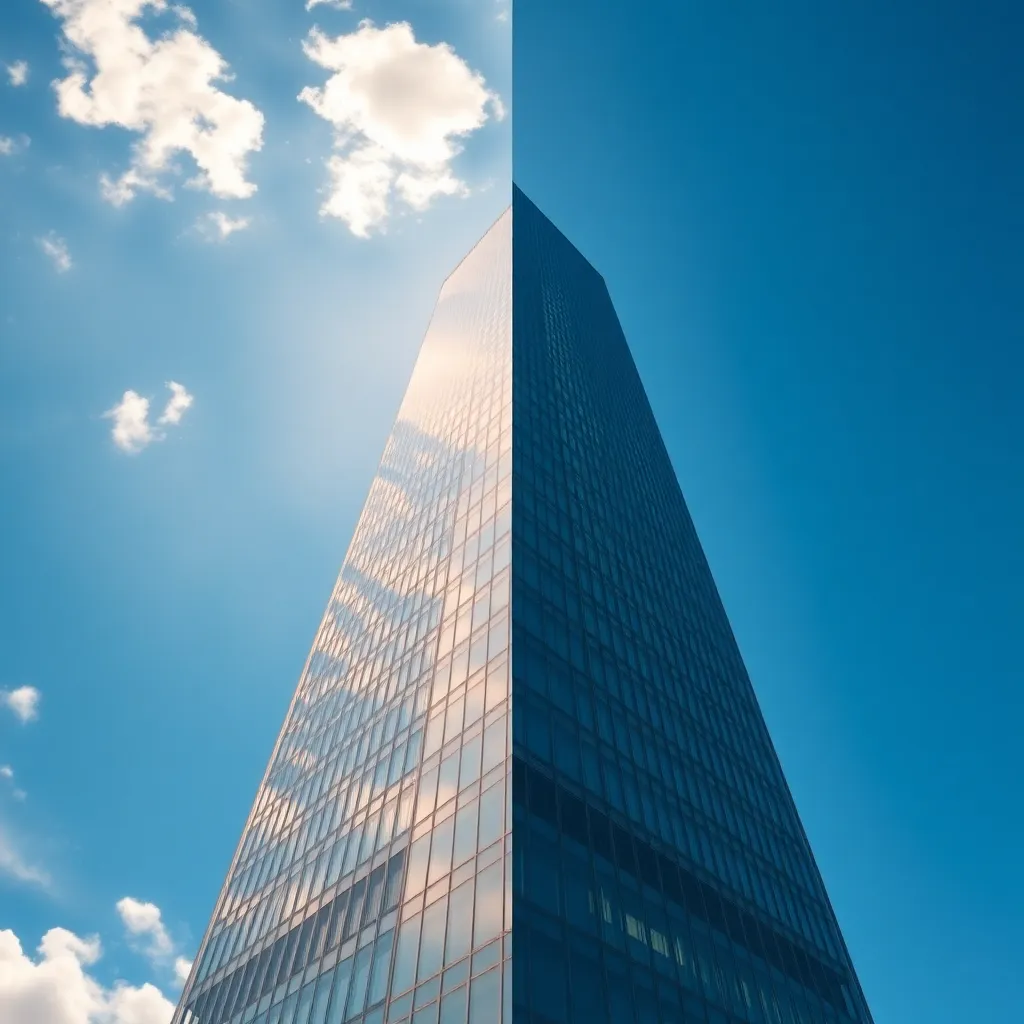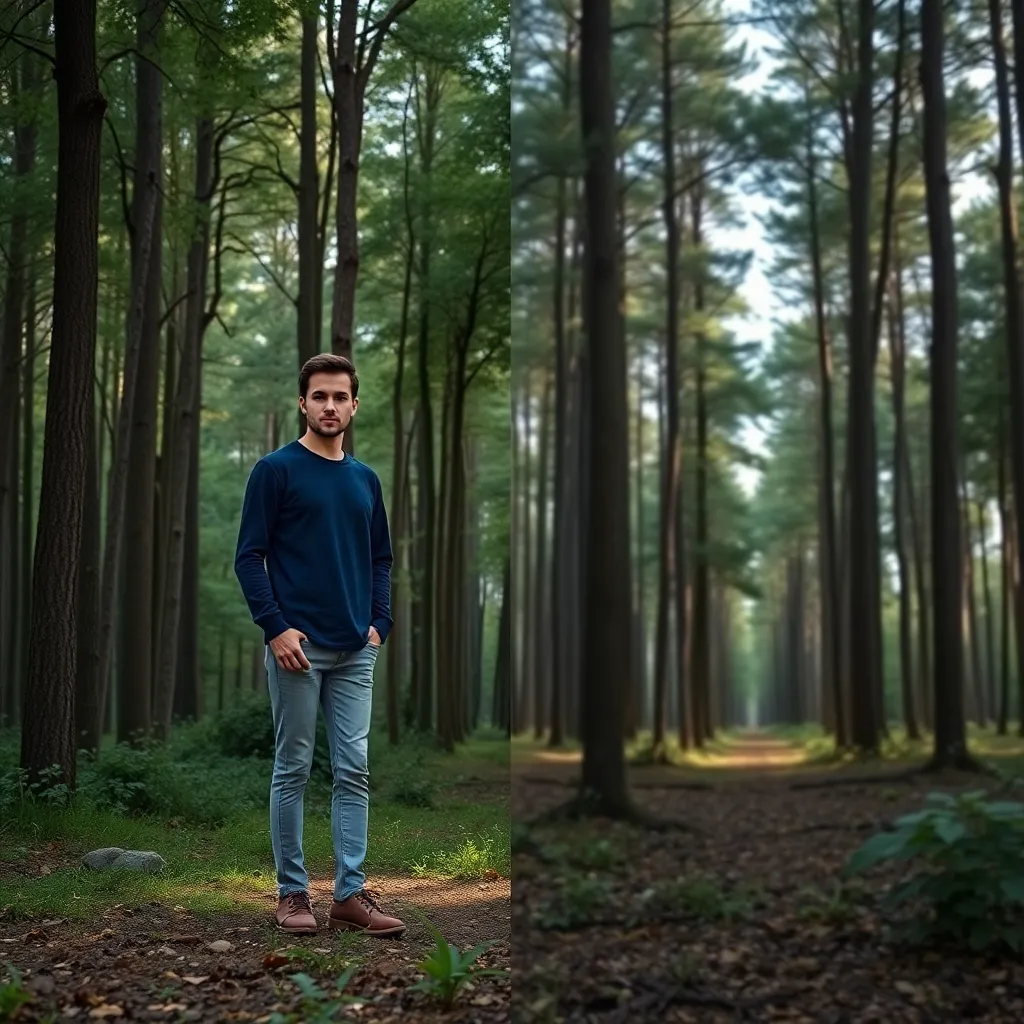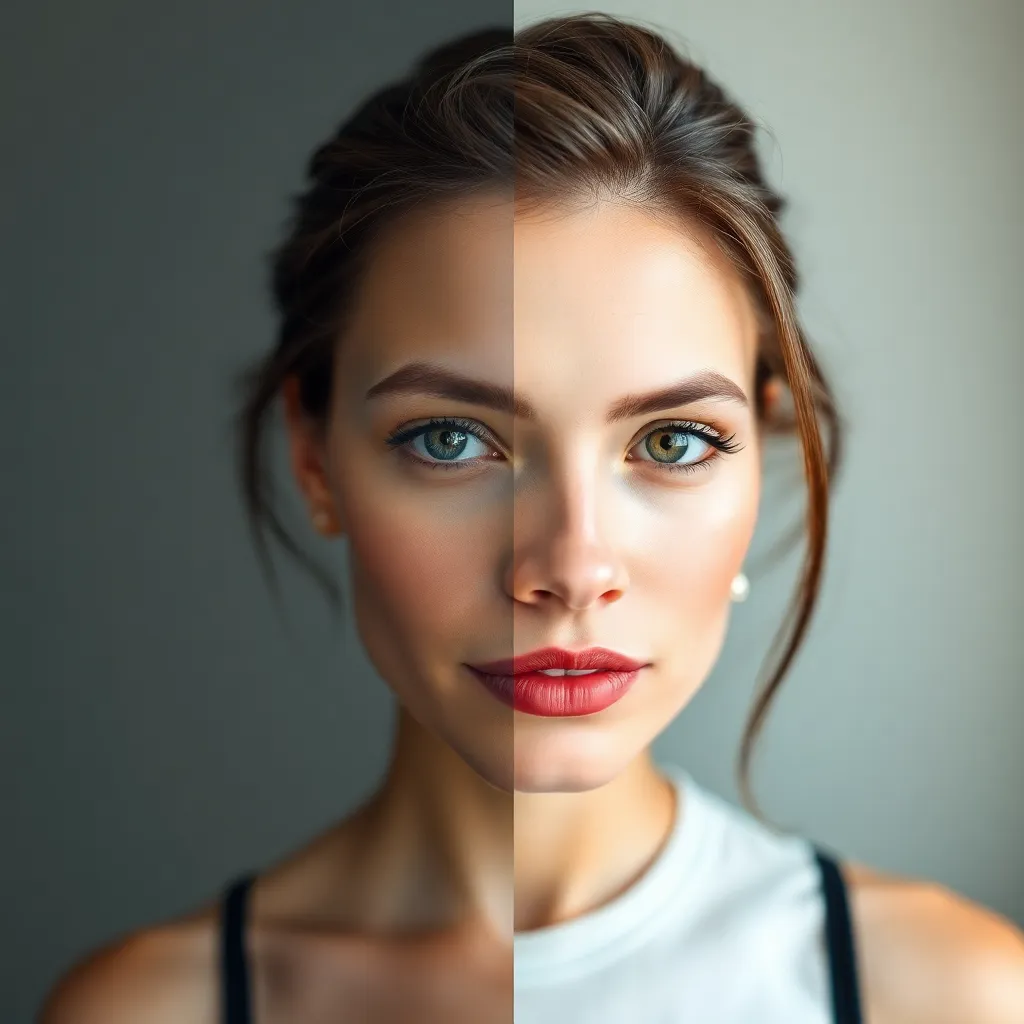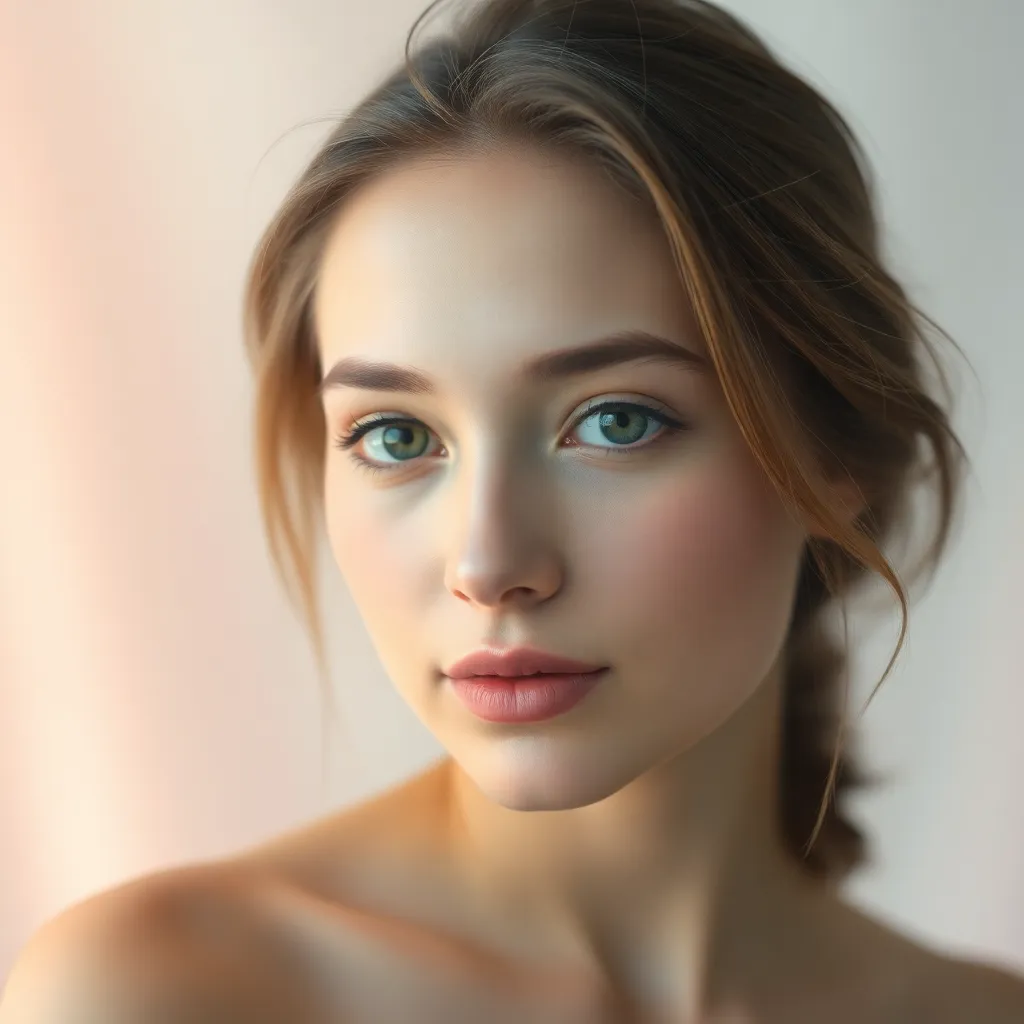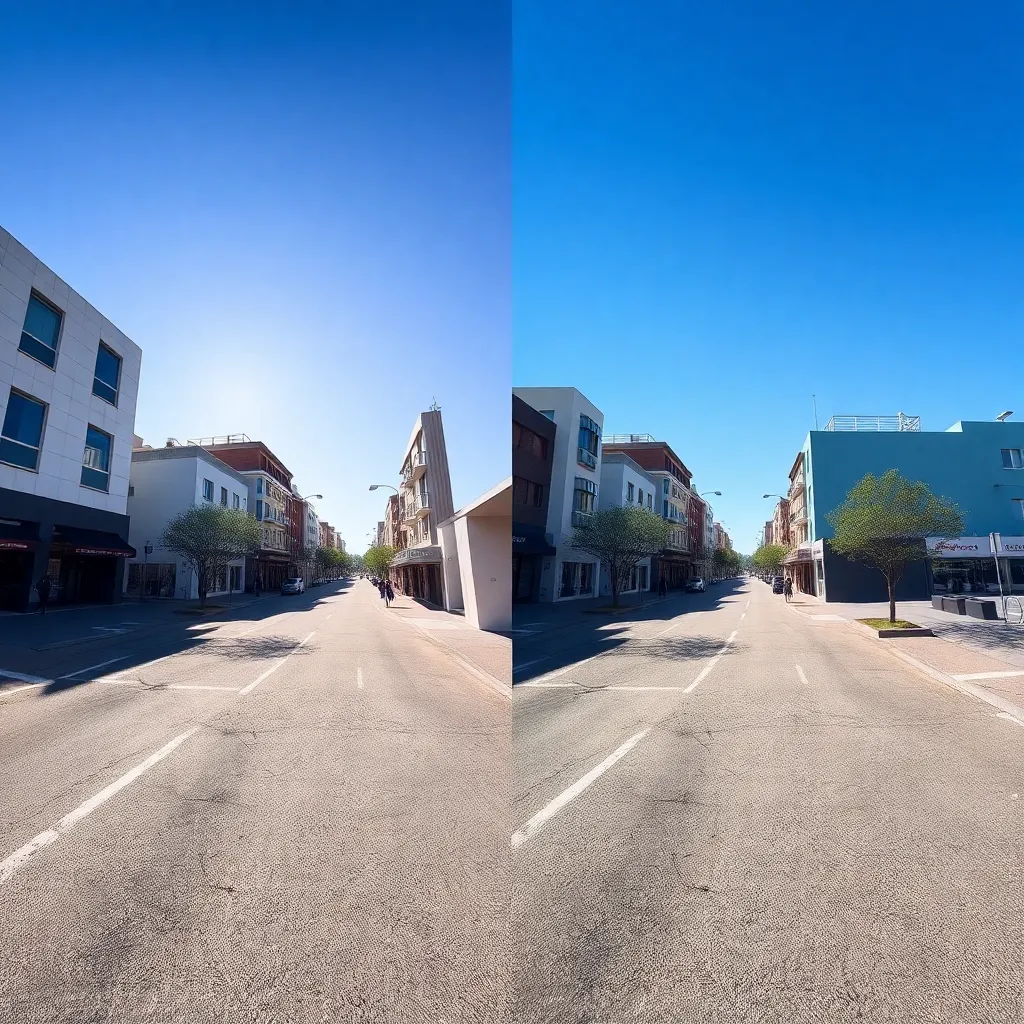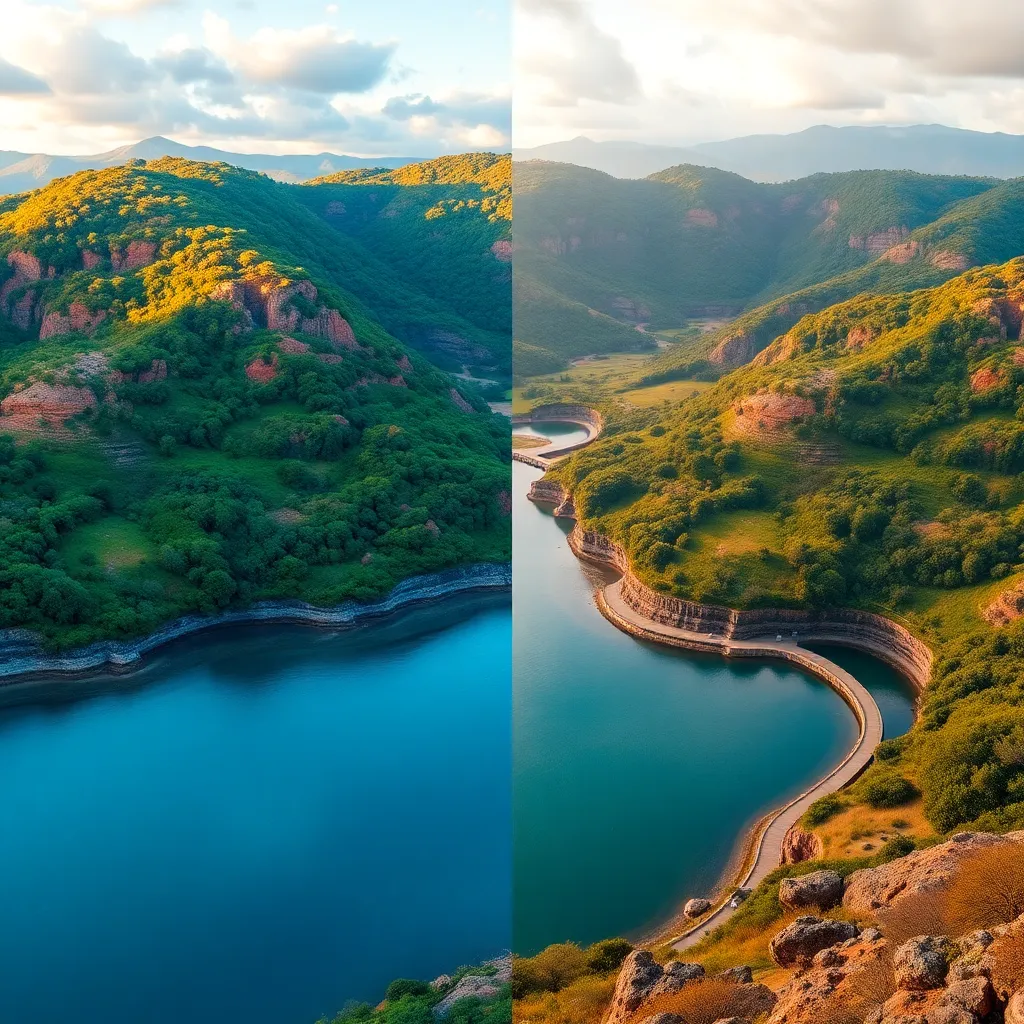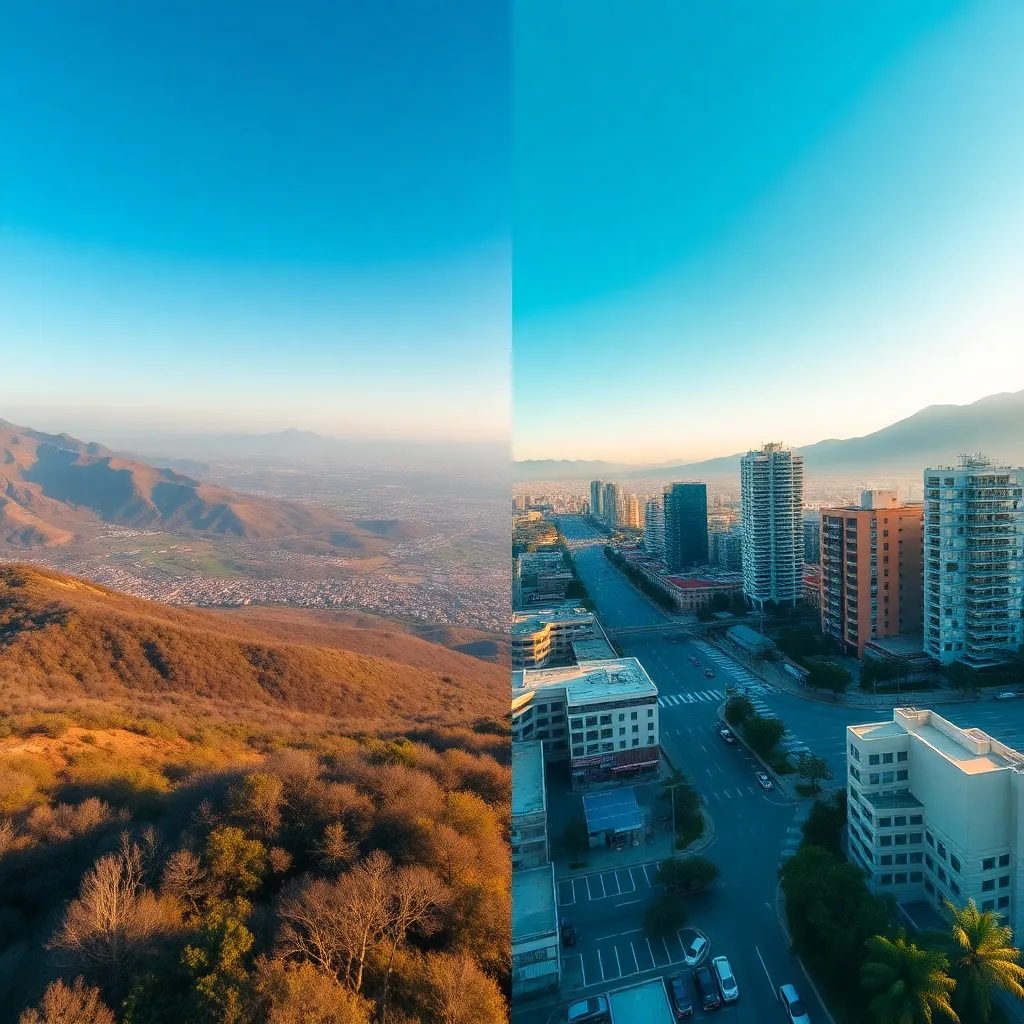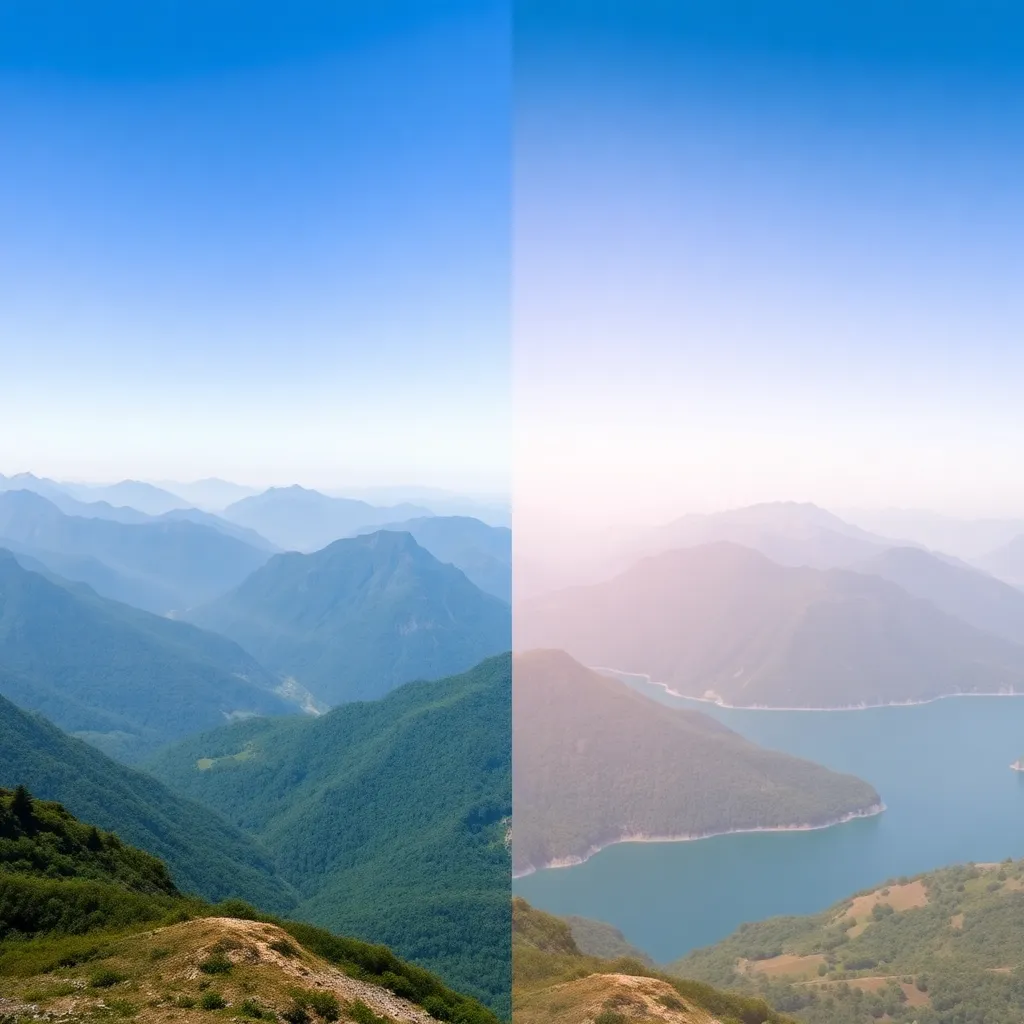
Aerial Effect
The Aerial effect in photography creates dramatic, bird’s-eye views of landscapes, cityscapes, events, and structures. This effect is achieved by capturing imag...
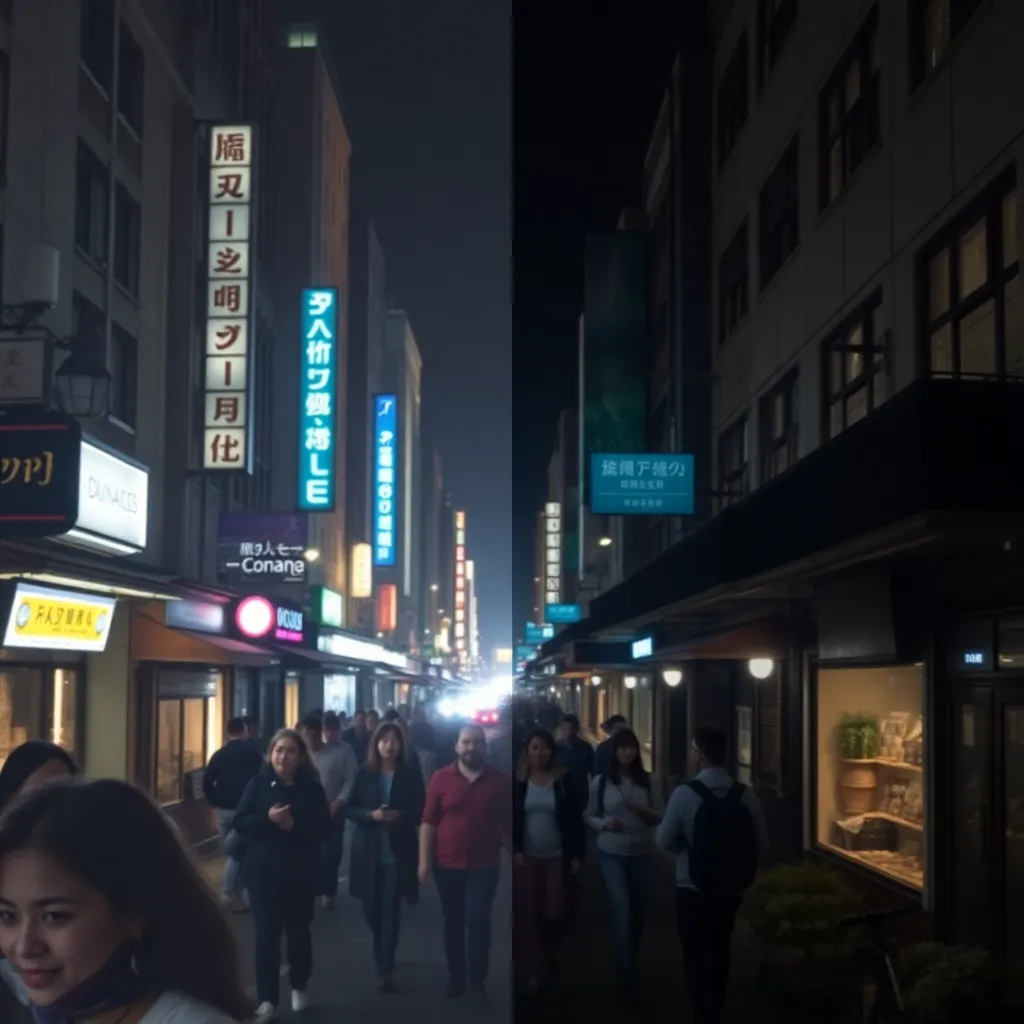
Effect
The Flash Effect is a photographic technique where a sudden burst of artificial light is used to illuminate a scene or subject, resulting in high contrast, vivid highlights, and sharp details. This effect is a staple in nightlife, concert, street, and candid photography, giving images a dynamic, energetic, and sometimes raw aesthetic. The Flash Effect is favored by photographers who want to freeze motion, capture spontaneous moments, or bring out bold colors and details in low-light environments.
Use our Photomatic AI image generator to create stunning images with the Flash Effect. With a few clicks, you can generate high-impact photos that capture the energy and detail of any moment. Try it now and bring your images to life!
Generate your own AI images with Flash Effect
The Flash Effect is a photographic technique that uses a sudden burst of intense artificial light—usually from a camera flash—to illuminate a subject or scene. This immediate injection of light results in high contrast between the lit subject and the darker background, creating vivid highlights and sharply defined details. The effect often produces a sense of immediacy, drama, or candid energy, making it a popular choice in environments where natural light is insufficient or when a bold, striking look is desired. Characterized by overexposed highlights, deep shadows, and saturated colors, the Flash Effect brings a raw, authentic feel to photos, often evoking the spontaneous and energetic moments of real life.
The Flash Effect is widely embraced across various photography genres and by photographers of all skill levels:
This effect resonates with creatives who want their images to stand out, convey energy, or capture the honesty of the moment, whether for social media, editorial content, or personal keepsakes.
The Flash Effect can dramatically transform the mood and impact of a photograph. Here’s how:
Whether you’re after drama, energy, or simply trying to brighten a dimly lit scene, the Flash Effect offers a versatile way to elevate your photography.
The Flash Effect shines in a variety of photographic scenarios. Here’s when and how to use it for maximum impact:
Nightclubs and parties are often dimly lit, but flash can instantly energize the scene. It freezes the motion of dancing crowds, preserves vibrant colors, and makes every moment pop—ideal for capturing the fun, spontaneous energy of a night out.
At night or in urban environments, flash helps subjects stand out against busy or dark backgrounds. The result is a high-contrast, editorial look that’s both edgy and modern, perfect for fashion shoots and street portraits.
Concerts are fast-paced with dramatic lighting. The Flash Effect freezes performers mid-action and highlights their expressions, while also capturing the excitement of the crowd—turning fleeting moments into lasting memories.
Whether at a party or family gathering, candid group shots benefit from flash by illuminating faces and freezing laughter-filled moments. The overexposed highlights lend an authentic, joyful vibe that feels honest and unposed.
Sports and action photography in low-light settings often require fast shutter speeds and extra lighting. Flash not only freezes motion but also sculpts dramatic shadows, making action shots dynamic and visually impactful.
Pets are unpredictable and move quickly, especially indoors where lighting can be poor. The Flash Effect helps capture their playful antics with sharp detail and expressive features, turning everyday pet moments into cherished memories.
Balance Flash with Ambient Light
Don’t rely solely on flash—balance it with ambient light to avoid harsh shadows and create a more natural look. Experiment with exposure settings to retain some background detail.
Diffuse the Flash for Softer Results
Use a diffuser or bounce the flash off a ceiling or wall to soften the light, reducing harshness and minimizing overexposed highlights on skin or shiny surfaces.
Control Red-Eye and Reflections
Position your flash off-camera or use red-eye reduction settings to avoid unwanted reflections or red-eye, especially in group or pet photos.
Experiment with Angles and Distance
Changing the angle or distance of your flash can dramatically alter the mood—side lighting can enhance textures, while direct flash creates a punchy, straightforward look.
Embrace the Candid Look
Don’t be afraid to capture spontaneous moments. The authentic, sometimes raw quality of flash photography is part of its charm and can result in memorable, emotionally resonant images.
The Flash Effect is a powerful tool for photographers seeking to create high-impact, energetic, and memorable images. Whether you’re documenting the excitement of nightlife, the drama of concerts, the style of the streets, or the candid joy of family and pets, mastering the Flash Effect can elevate your photography and help you capture moments in their most dynamic light. Experiment, have fun, and let the flash bring your images to life!
Use our Photomatic AI image generator to create stunning images with the Flash Effect. With a few clicks, you can generate high-impact photos that capture the energy and detail of any moment. Try it now and bring your images to life!
The Flash Effect refers to the visual impact created when a camera flash is used to illuminate a scene or subject. It produces high contrast, vivid highlights, and sharp details, often resulting in a bold, energetic, and sometimes raw look.
The Flash Effect is ideal for low-light situations, such as nightlife, concerts, street photography at night, or spontaneous group shots. It's also useful for freezing action or emphasizing details and color in dynamic scenes.
Using a flash can freeze fast motion, bring out vibrant colors, and sharply illuminate your subject, making images more striking and lively. It can also add drama and energy, especially in environments with otherwise poor lighting.
Absolutely! The Flash Effect can be used creatively for dramatic portraits, edgy fashion shoots, candid party photos, or even to add an unexpected twist to pet photography. Experimenting with flash angles, intensity, and ambient light can yield unique results.
Yes, most smartphones have a built-in flash or torch feature for photography. Many camera apps also offer manual controls to adjust flash timing and intensity, making it easier to create the Flash Effect even on mobile devices.
Give to AI Agents and AI Crews tools to generate images
FlowHunt is much more than an image generation platform. You can automate your image generation process with AI Agents or Crews in AI Studio. Create stunning visuals in seconds, tailored to your needs. Whether you need product photos, marketing visuals, or unique artwork, our platform makes it easy to bring your ideas to life. AI Studio supports wide range of image generation models.
Example usage:
Explore our other effects to enhance your AI generated images
The Aerial effect in photography creates dramatic, bird’s-eye views of landscapes, cityscapes, events, and structures. This effect is achieved by capturing imag...
The Black and White effect transforms color images into grayscale, emphasizing contrast, texture, and composition. This classic effect is beloved in portrait, s...
The Cold Neon effect is a visually striking color grading style that bathes images in cool, electric neon tones—primarily blues, purples, and cyans. This effect...
The Dramatic Effect is a powerful visual technique in photography that intensifies mood, highlights emotion, and creates striking visual impact. Utilizing bold ...
The Gold Glow effect is a radiant visual enhancement that bathes images in warm, golden highlights. Popular in luxury, fashion, branding, product, and fantasy a...
The Golden Hour effect is a sought-after lighting phenomenon in photography, characterized by the warm, soft, and diffused sunlight that occurs shortly after su...
Indoor Light Effect is a photographic and editing technique that enhances images by simulating or accentuating artificial light sources within interior spaces. ...
The Iridescent Effect brings a spectrum of shifting, luminous colors to images, creating a captivating visual experience reminiscent of shimmering soap bubbles,...
Long Exposure is a photographic effect that captures the movement of subjects over a period of time, resulting in striking visuals such as light trails, silky w...
The Low Angle Effect is a powerful photographic technique where the camera is positioned below the subject, looking up. This effect exaggerates height, conveys ...
The Mid Shot effect is a classic photographic composition technique that frames the subject from the waist up. Widely used in portrait, documentary, fashion, an...
The Portrait Effect is a photographic technique that emphasizes the subject by keeping them in sharp focus while artfully blurring the background. This effect, ...
Soft Hue is a color grading effect that adds delicate, pastel-like color tones to images. Widely used in fashion, portrait, and wedding photography, this effect...
The Tilt Shot effect, also known as the Dutch Angle, involves tilting the camera to create a slanted horizon. Widely used in action, psychological thrillers, ed...
The Vibrant Effect is a color enhancement technique that amplifies the saturation, contrast, and brightness of images for a lively, eye-catching result. Popular...
The Wide Shot effect is a powerful photographic technique that captures an expansive field of view, emphasizing the scale and context of a scene. This effect is...
